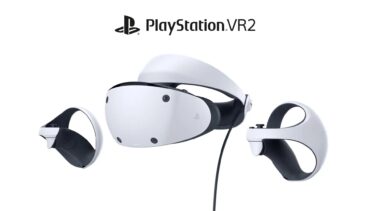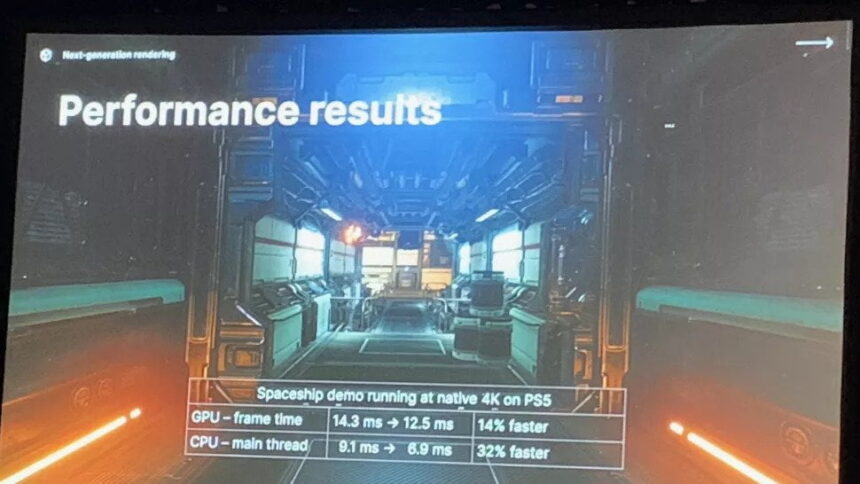Playstation VR 2: New details on hardware and controllers

A GDC presentation gives insight into Sony's Playstation VR 2 and provides details on eye tracking and controllers.
At GDC 2016, Sony revealed the price and release month of Playstation VR, but at this year's GDC, the company held back on details about the new Playstation VR 2. At least Sony seems to give developers the opportunity to try out the new VR headset behind closed doors.
For example, Valve's former VR ambassador Chet Faliszek was enthusiastic, ending his brief description of his first VR experience with Sony's glasses with, "Sooooo good." What exactly got Faliszek so excited can only be speculated. But thanks to a GDC presentation by Unity developers, this speculation can now be enriched with new details.
Sony Playstation VR 2: Eye tracking delivers performance boost
In the talk "Developing next-gen VR games with Unity for Playstation VR 2", the developers talked about the differences between developing VR games for the PS5 VR headset and current VR headsets like Metas Quest 2.
A big difference to the current VR generation is Sony's integrated eye tracking, which enables flexible foveated rendering: the technology renders details in the player's central field of view in high resolution, while details in the periphery are reduced. Meta's next VR headset Project Cambria is also supposed to provide foveated rendering via eye tracking.

Foveated rendering delivers a significant performance boost. | Image: Androidcentral
The Unity presentation now provides first details about the performance effects of foveated rendering: In the VR demo Alchemy Lab, which relies on sophisticated graphics with dynamic lighting, the PS5 with eye tracking and foveated rendering needed 14.3 milliseconds instead of 33.2 milliseconds to render an image (frame time).
The performance gain is less obvious in a 4K spaceship demo. However, CPU thread performance is 32 percent faster and GPU frame time is 14 percent faster here as well.
PSVR 2 eye-tracking offers new opportunities for game design
According to the Unity team, eye tracking also offers new possibilities for game design, as it can measure gaze position and rotation, pupil diameter and blink.
For example, developers could audiovisually enhance elements in the focus of the field of view, influence reactions of non-player characters through eye movements, improve aiming aids or recognize which objects a player wants to pick up. The Playstation VR 2's eye-tracking also plays a role in more realistic avatars in social VR applications.
According to the developers, the technology can also be used to create heat maps in Unity, which can show, for example, where testers turn their attention during development and whether they are looking at the relevant places in a puzzle.
Playstation VR 2: Asymmetrical multiplayer and 3D haptics in the controllers
Obvious, but now confirmed: The Playstation VR 2 supports asymmetrical multiplayer titles, such as for co-op games where one person plays on the couch with controllers on the TV and one person plays in VR.
Developers can set several in-game cameras in Unity and send one feed to the VR headset and one to the TV. The Playstation VR 2 could thus become more "social" than other VR headsets, which are more often used isolated.
During the presentation, the developers also talked about the Playstation VR 2 controllers: Haptic feedback, finger tracking and the adjustable resistance of the triggers enable more realistic and differentiable feedback to match the gameplay.
As an example, they cite spatial haptics, where, for example, an explosion on the player's right side triggers amplified feedback in the right VR controller and reduced intensity in the left controller and the glasses themselves.
Read more about Playstation VR 2:
- Playstation VR 2: Thousands of devkits in circulation
- Firmament: Myst-like Adventure comes to Playstation VR 2
- Sony reveals Playstation VR 2 design
Note: Links to online stores in articles can be so-called affiliate links. If you buy through this link, MIXED receives a commission from the provider. For you the price does not change.